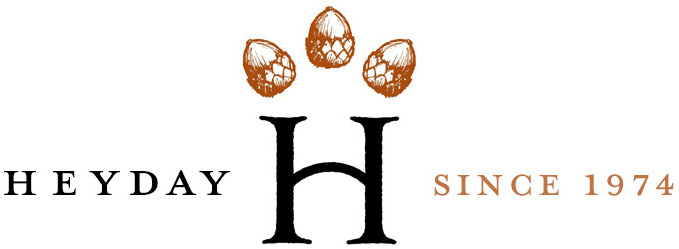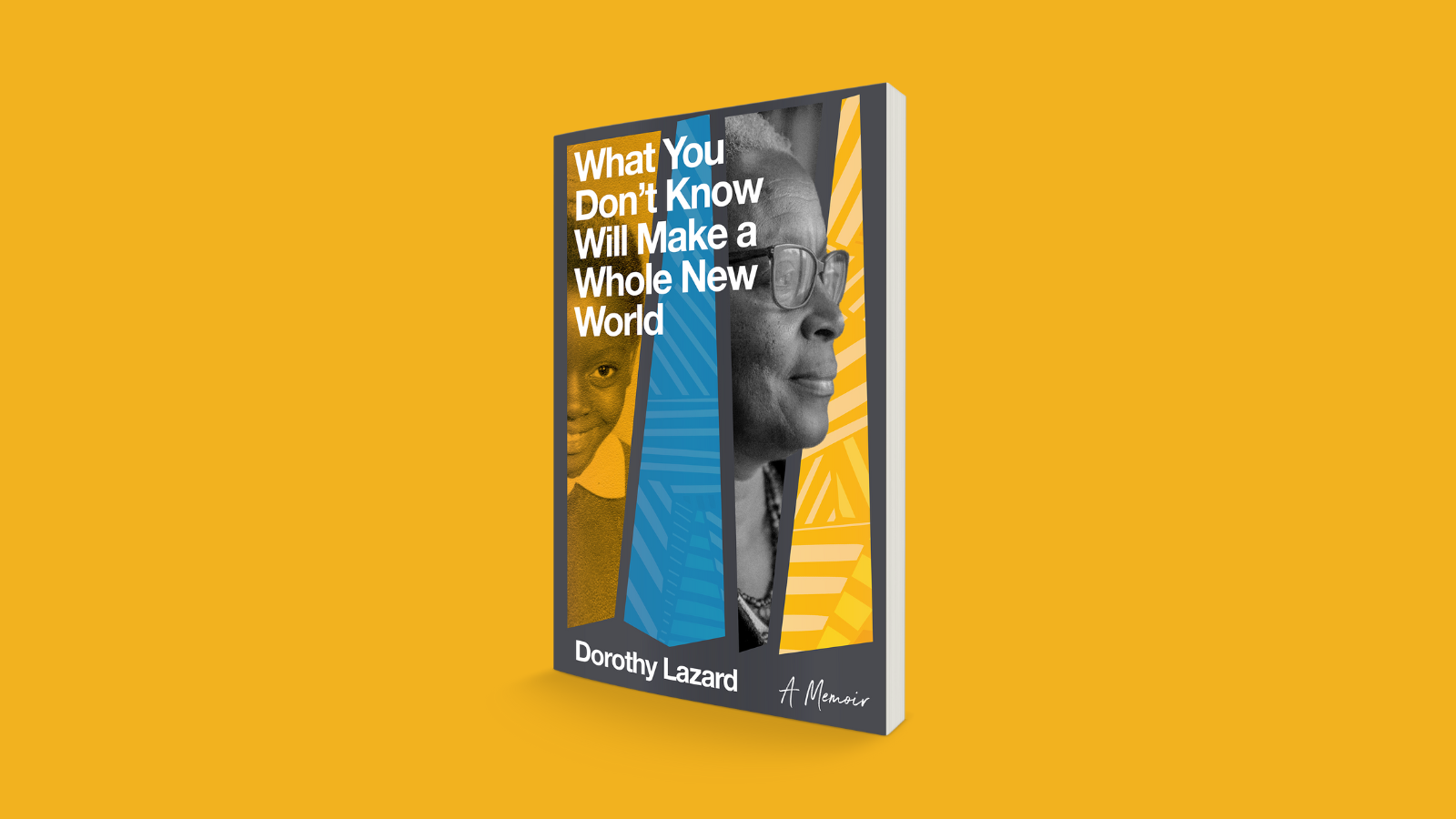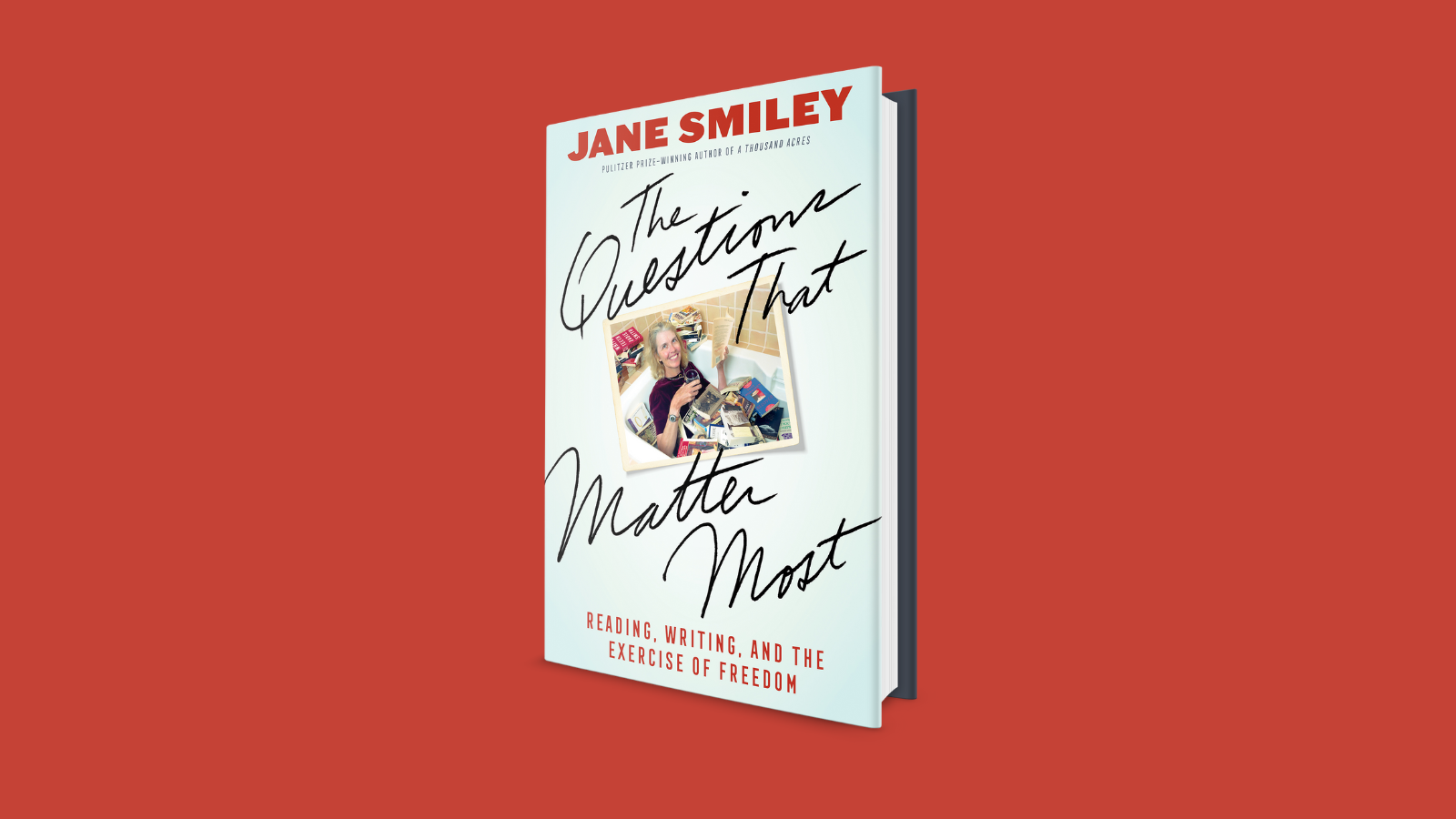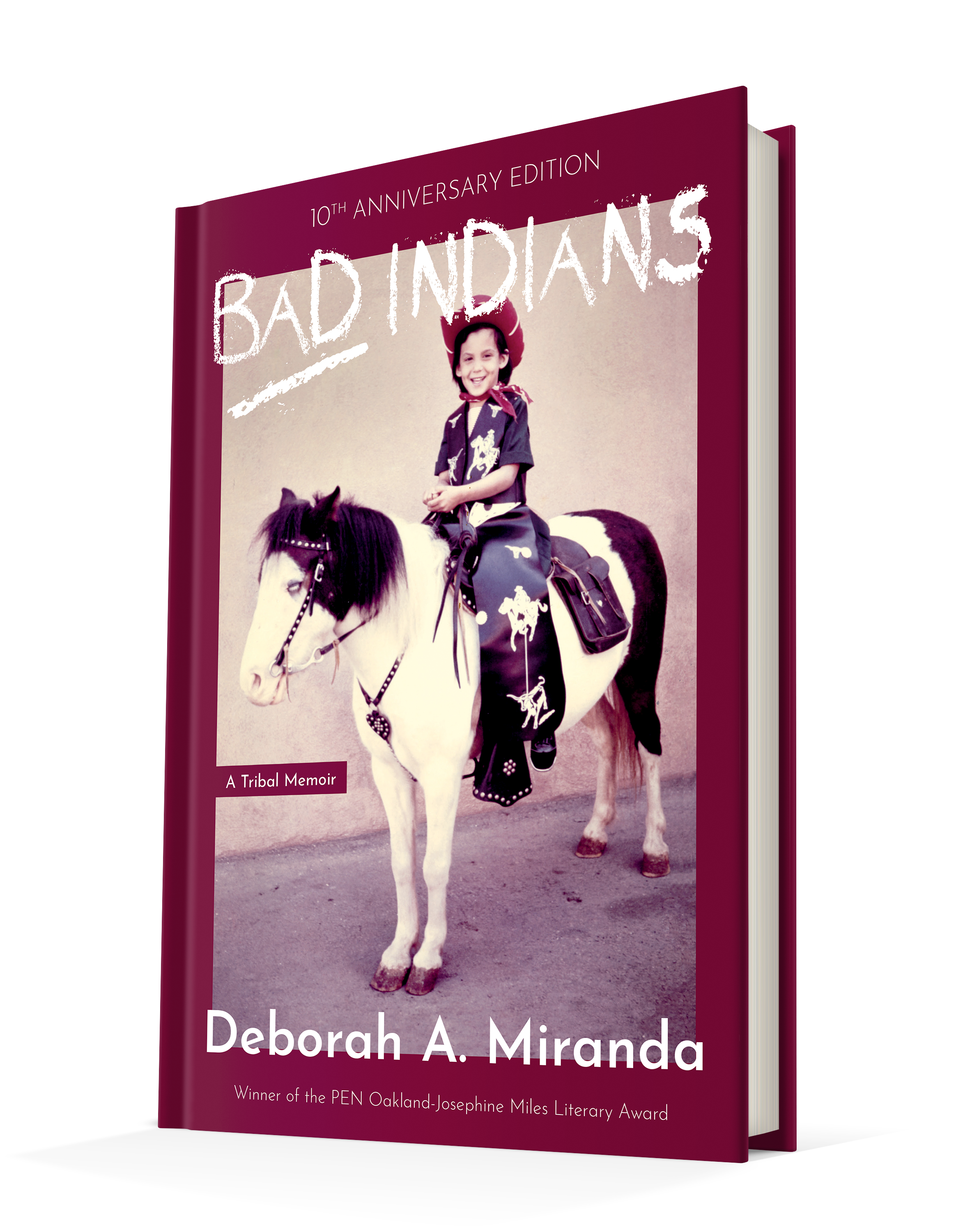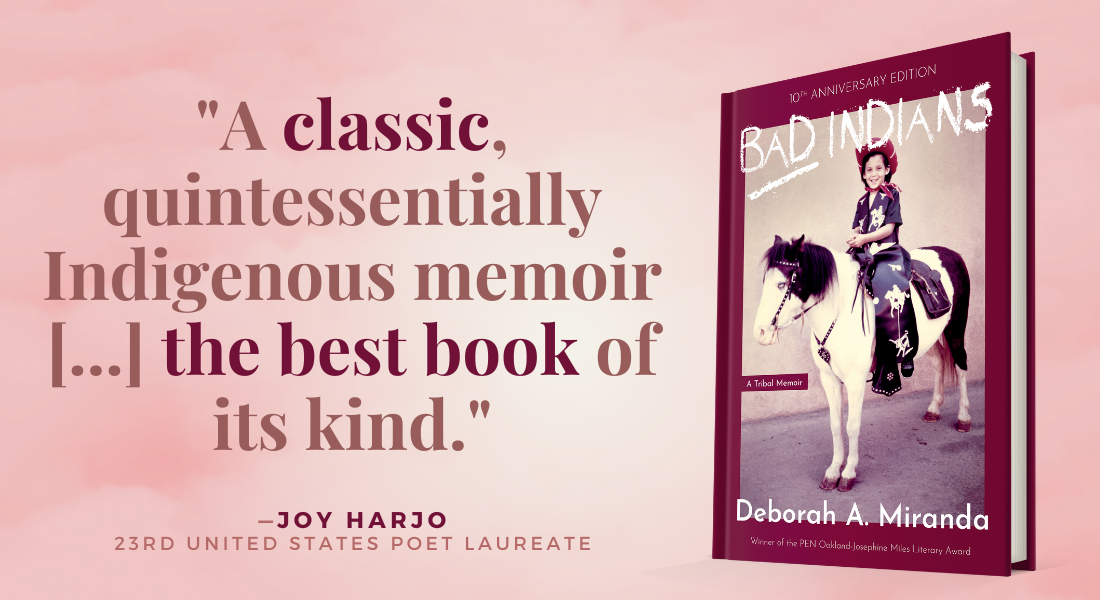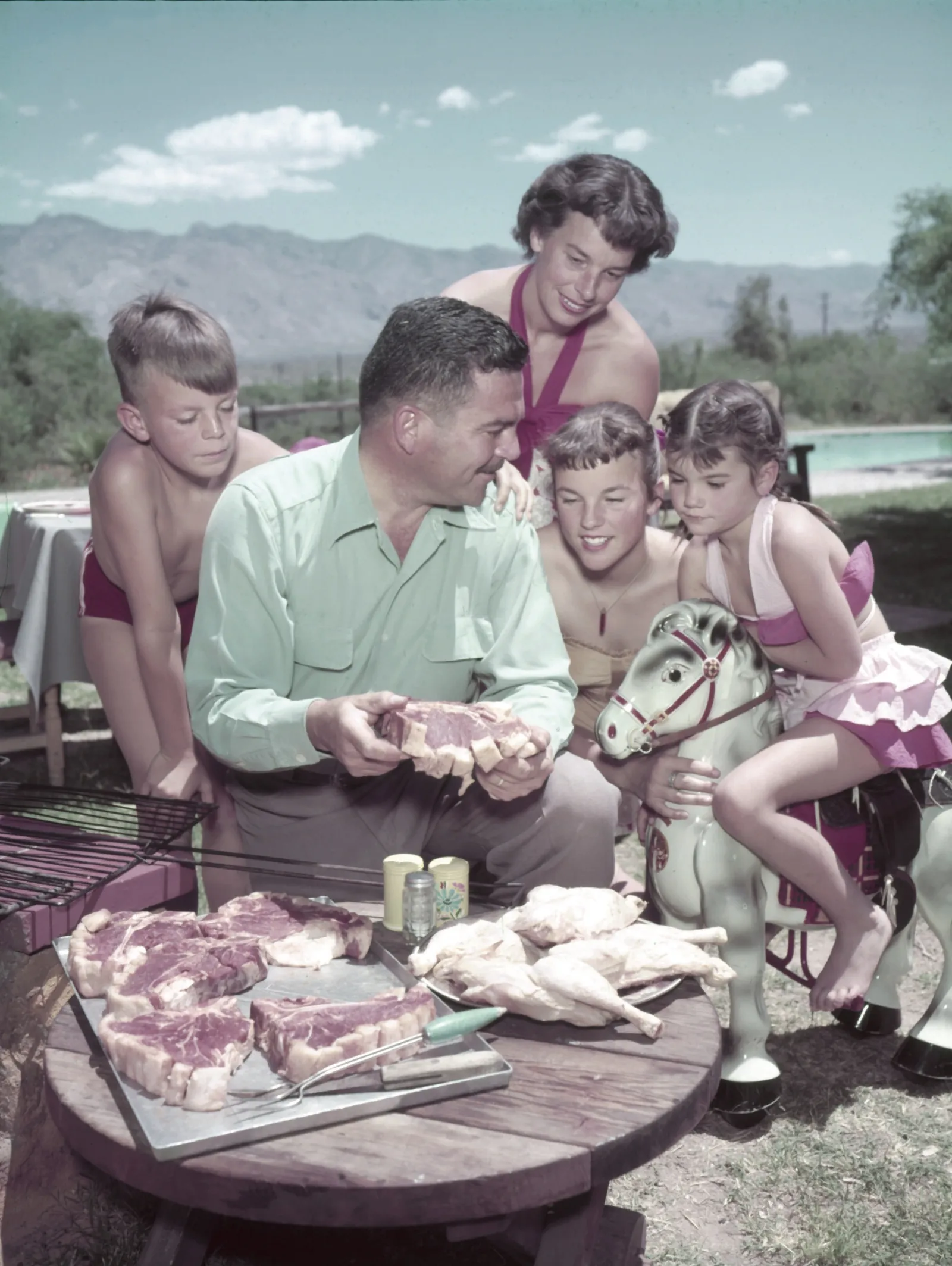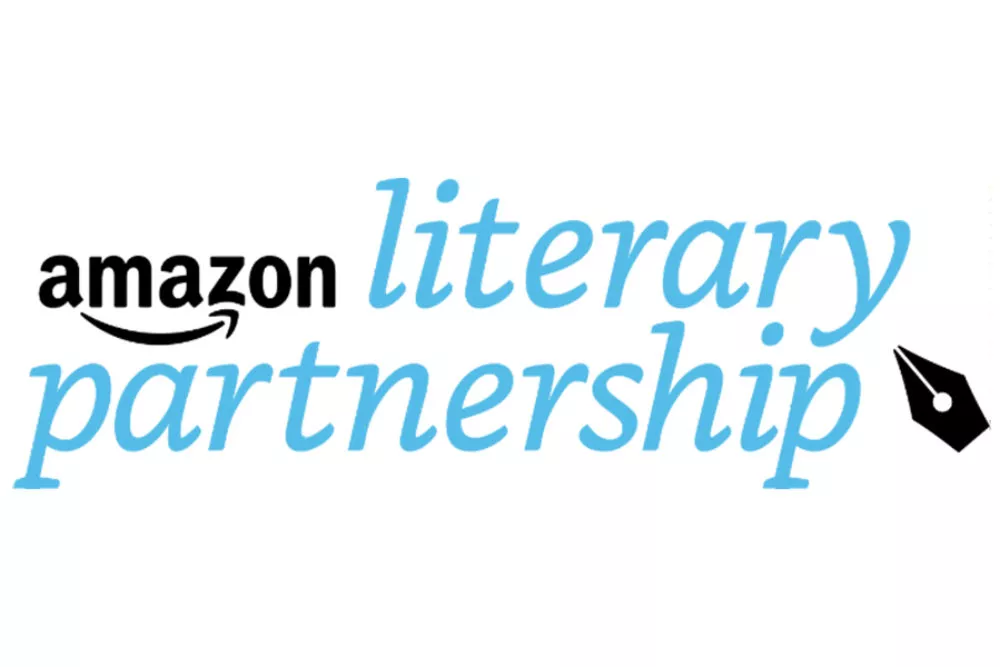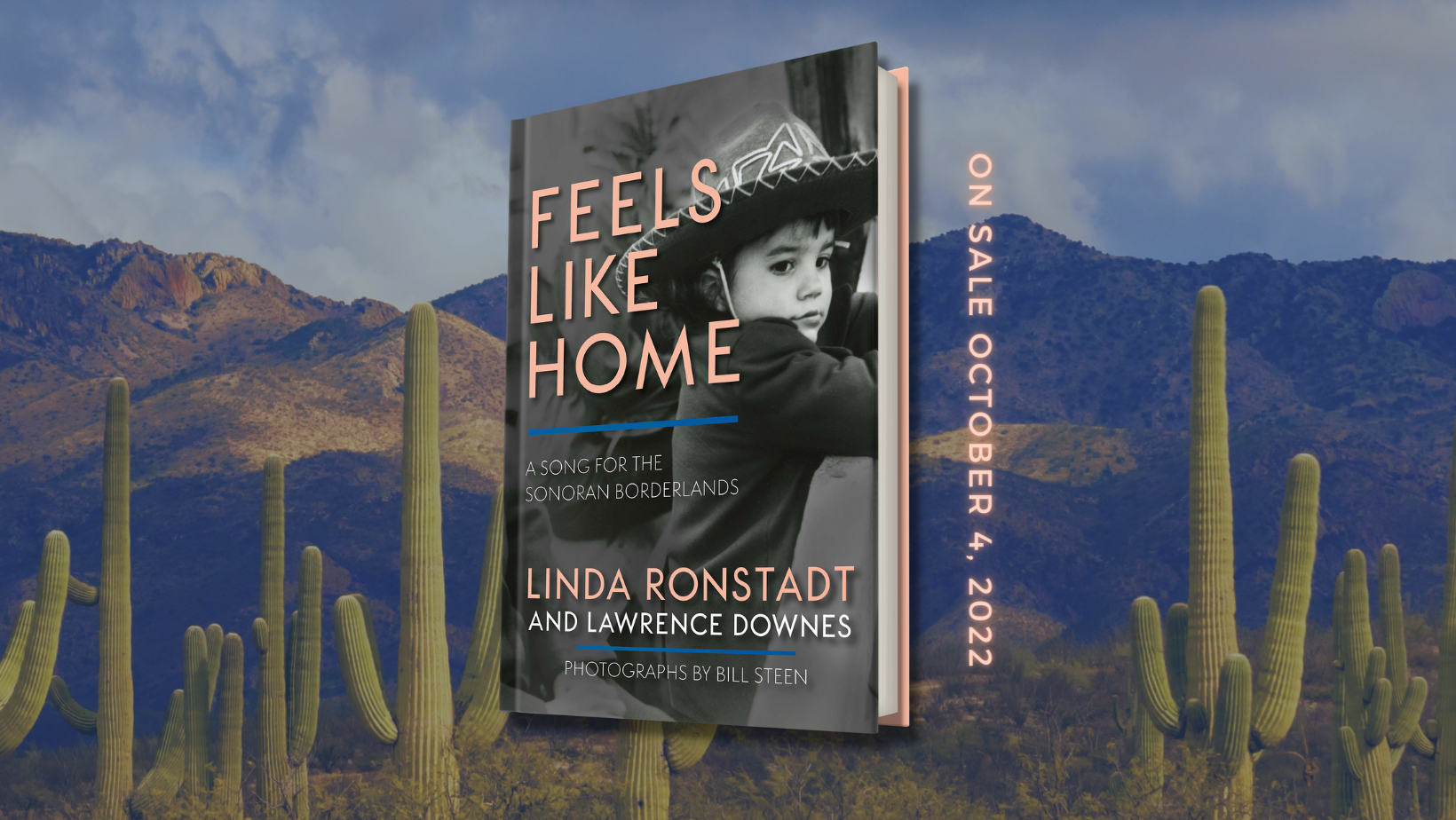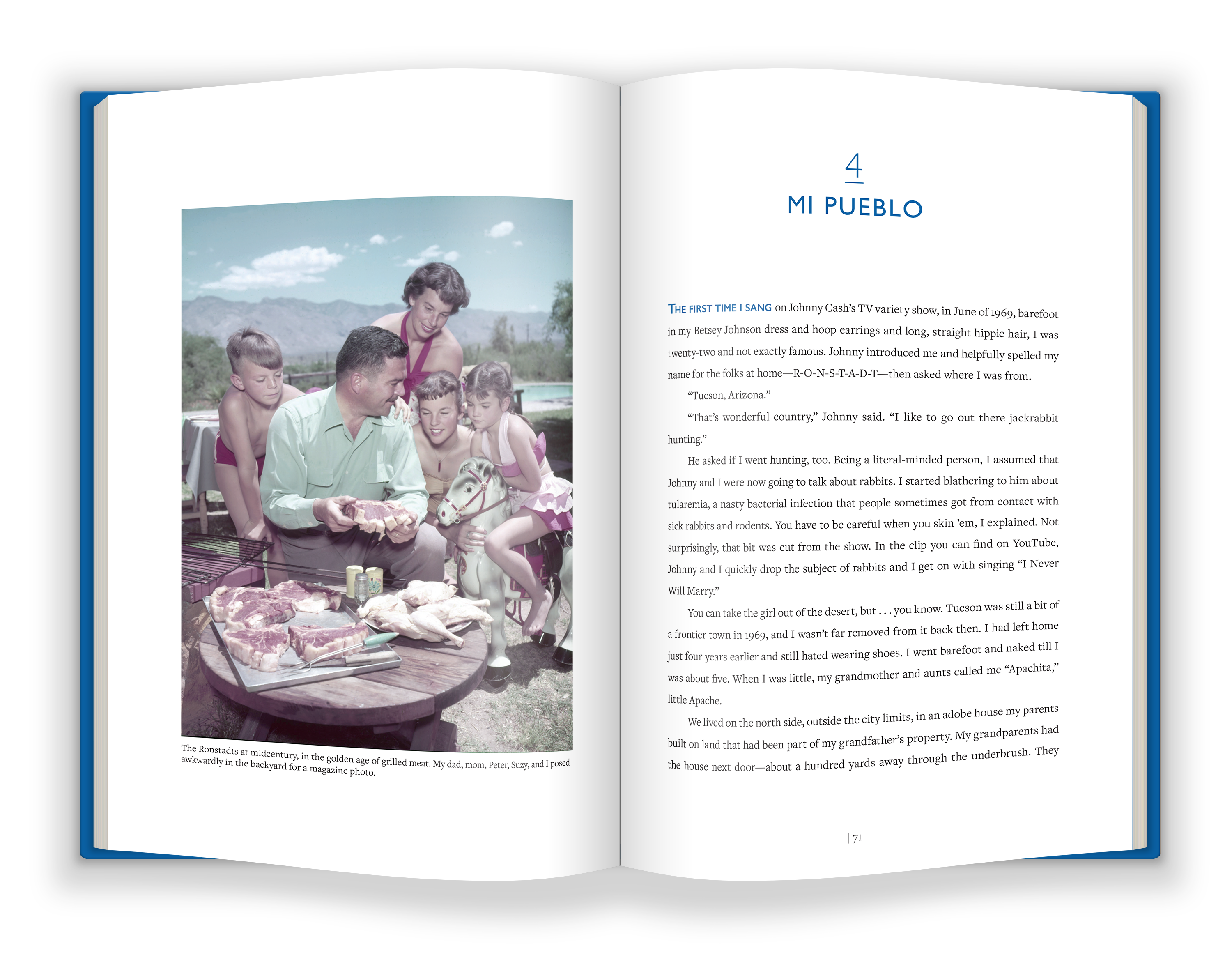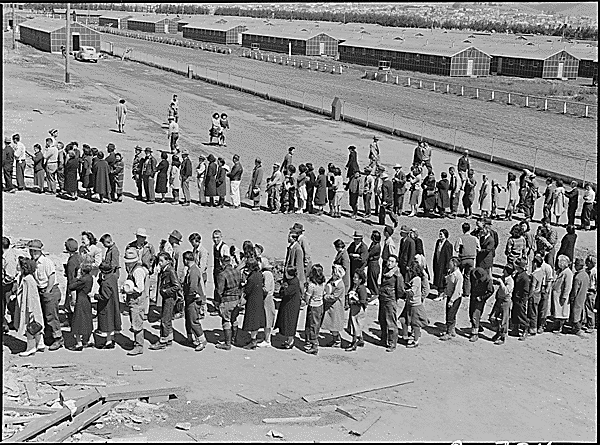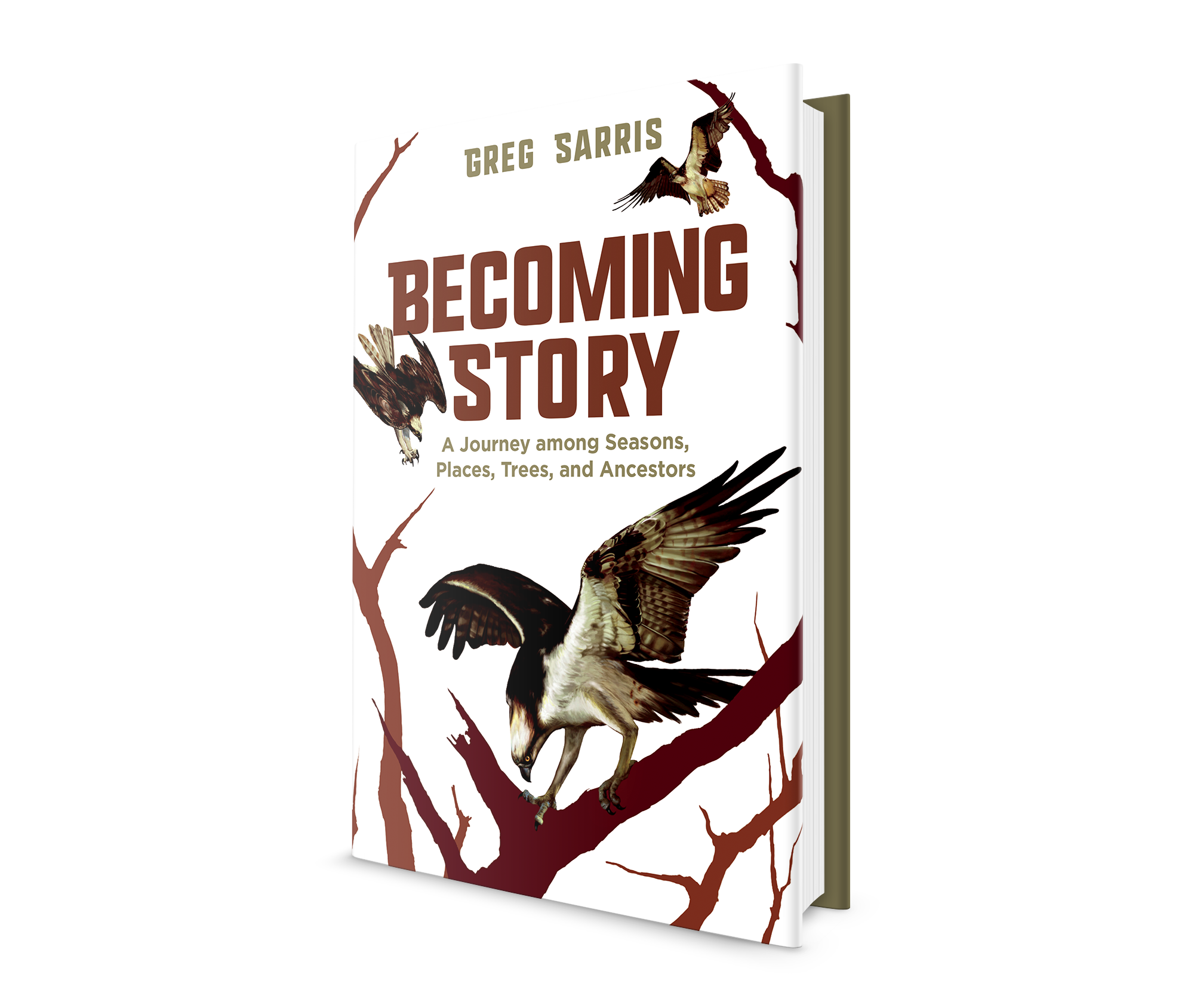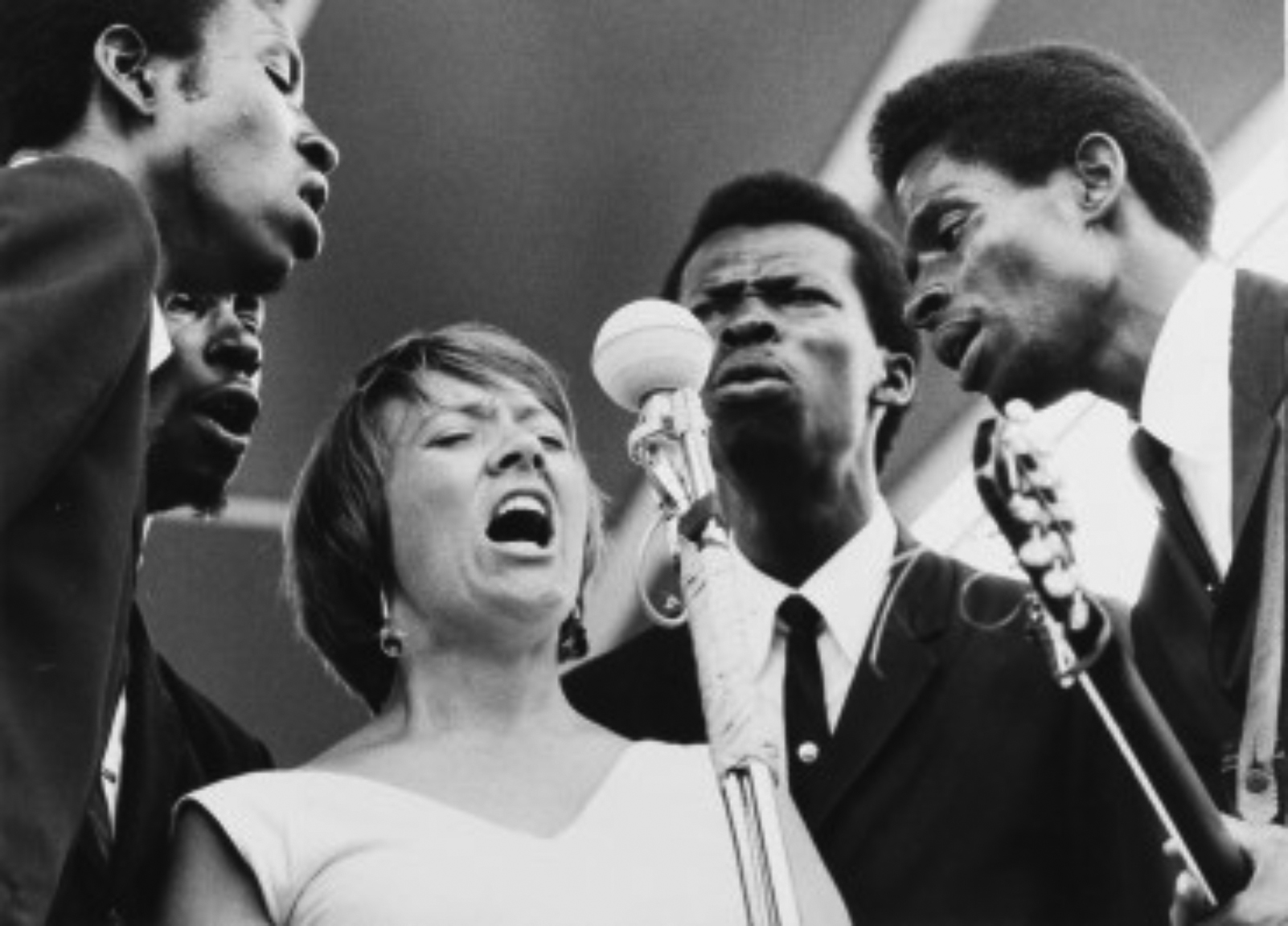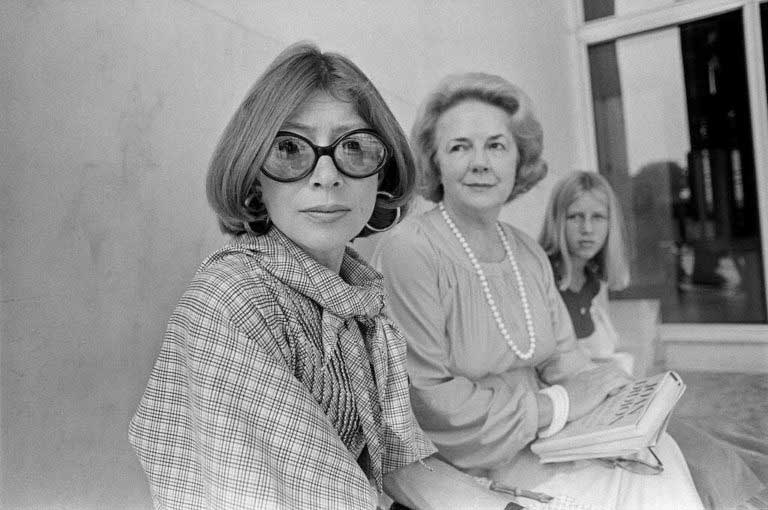Debuts April 2023 — Stranded
FOR IMMEDIATE RELEASE
In Stranded Ocean Conservationist Finds Solace, Science, and A Call to Action in Everyday Nature
LA-based marine biologist Maddalena Bearzi charms and galvanizes in a new book that invites readers to embrace and defend the quotidian wildness in our own backyard
BERKELEY, CALIF. — When pandemic lockdowns stopped the world on a dime, seafaring scientist Maddalena Bearzi went from exploring the mysteries of the marine mammals teeming off the shore of the City of Angels to a life marooned on land. Having fought to save our imperiled seas for over twenty years, Bearzi knows the burnout of constant battle. When the pandemic’s paralysis took her out of action and kept her far from family, she returned to the curiosity that drove her into ecology. She charts this journey back to daily wonder at the natural world with warmth, charisma, and an activist undercurrent in Stranded: Finding Nature in Uncertain Times.
“Every anxious brain like mine […] on occasion needs some reprieve from stress,” writes Bearzi, who locates that reprieve by attuning to the natural habitats at her fingertips, even in the middle of the city. Her blossoming recognition of the marvel of life that surrounds us opens the door to other meditations. She invites us to perceive these alongside her, from our alienation from the more-than-human world to the rapacious growth of human-centered development choking out the life systems that sustain us.
With her trusty companion, a mutt named Genghis, by her side, Bearzi explores the nourishing connections of nature in urban LA. She observes with bemusement the anti-coyote hysteria of her neighboring Nextdoorians; she reconnects with her green-thumb mother from afar by cultivating a drought-resistant garden on a carbon-zero budget; and she interrogates the subtle systems of animal neuroscience, insectile social systems, and avian courtships thrumming all around us.
Bearzi offers this mindful attention to nature not only as a salve for interpersonal stress but also as the antidote to the apathy and paralysis of eco-anxiety occasioned by climate breakdown: “A virus, sooner or later, will either go away or become endemic; not this,” Bearzi cautions, “No jab can stop what we are doing to the only planet we have.”
Media Contact:
Kalie Caetano
Marketing & Publicity Manager
For review copies, feature interest, and interview and image requests, get in touch: publicity@heydaybooks.com
Advance Praise for Stranded by Maddalena Bearzi
“Marine biologist Bearzi celebrates the marvels of ordinary wildlife in these charming meditations. Collecting vignettes about the animals she observed while confined to her Los Angeles home during Covid-19 lockdown, she serves up thoughtful commentary on humanity’s place in nature and the value of all creatures.”
—PUBLISHERS WEEKLY
”Bearzi’s thoughtful and meditative essays will appeal to naturalists, conservationists, and anyone who appreciates all the other animals with whom we share this planet.”
—BOOKLIST
“Stranded is one of the first great pieces of environmental writing to emerge from the COVID-19 pandemic.”
—PETER S. ALAGONA, author of The Accidental Ecosystem
“What happens when a scientist, trained in the powers of observing wildlife, turns that curious eye on herself? Maddalena explores so beautifully her journey of reckoning with the wild wonder of the everyday world as she realizes what she has left unexplored is not just found in the vastness of the ocean but in her own backyard.”
—BETH PRATT, author of When Mountain Lions Are Neighbors
“Bearzi has found her place as a nature essayist of the highest order.”
—CRAIG STANFORD, author of Upright
“Maddalena Bearzi’s way with words is magical, and so is her ability to transform what seem to be ordinary animals into miraculous creatures doing outrageous things right under our collective noses. And she puts us humans in our place as Earth’s worst nightmare, but also the best hope for restoring and safeguarding the health of the only home in the universe just right for us—and the millions of other species that underpin our existence.”
—SYLVIA EARLE, author of Sea Change
“Stranded reminds us of what we all too easily forget: the sustaining delights of finding beauty and wonder all around us.”
—FLORENCE WILLIAMS, author of The Nature Fix and Heartbreak
“Maddalena ends with not just hope but teaching-words of personal responsibility, grassroots activism, and large-scale governmental and other action that may—may—help us in this amazing, rapidly advancing Anthropocene Epoch.”
—BERND WÜRSIG, coeditor of Encyclopedia of Marine Mammals

Maddalena Bearzi is president and co-founder of Ocean Conservation Society. She holds a PhD in biology and a postdoctorate from UCLA, and she has been involved in studying marine mammals, with a conservation bias, since 1990. Her research on dolphins and whales off California represents one of the longest investigations worldwide. She has published several scientific peer-reviewed papers, and she is coauthor of Beautiful Minds (Harvard University Press) and author of Dolphin Confidential (University of Chicago Press). Her work has been covered by CNN, NPR, Al Jazeera America, the Los Angeles Times, the Wall Street Journal, the Huffington Post, American Scientist, and National Geographic, among others. Born and raised in Italy, she now lives in Los Angeles with her husband and dog.
A Q&A with Stranded author Maddalena Bearzi
What drew you to find solace in nature during the pandemic lockdown, and why do you think so many others sought refuge in the wild worlds during this time?
Harsh periods often bring a reevaluation of what’s essential in our lives, and nature has the power to bring reprieve in those moments of uncertainty. The wildlife teeming around me, in both my backyard and my neighborhood, helped lift some of the bleakness of isolation during the pandemic and unearthed my sense of childhood curiosity that may have been somewhat diluted by the passing years.
I think many people found solace in the therapeutic power of nature during the pandemic simply by looking outside. There is no special training required to avail ourselves of the wild places near and far; we need only to unguard our hearts and minds to accept what nature offers. She asks only thing in return: our respect.
Your book expresses a deep affection for the nonhuman world. How does that sense of empathy inform your work as a scientist and conservationist?
Every day we scientists uncover findings about other animals sharing the planet with us. If we can genuinely begin to grasp other creatures’ intrinsic value in nature, consider their interests, even feel their pain, then we may begin to develop the empathy required to respect them as fellow beings. This empathy can help scientists to see beyond a narrow scope of study and begin to understand animals in a more holistic way.
Other than your own backyard, what are your three favorite places to connect with nature in Los Angeles?
By foot from my home, the natural bluffs overlooking Playa Vista with their dirt trails and a view of Los Angeles that extends from the ocean to the Hollywood sign.
By car, but still less than ten minutes from my backyard, the LA shoreline. Walking along the coast, I can see bottlenose dolphins foraging within one hundred feet of the beach, sea lions, harbor seals, different species of seabirds, and the multitude of minute creatures living in the intertidal zone.
Twenty or so minutes away, the Santa Monica Mountains offer over five hundred miles of hiking trails with access to a diverse and rich wildlife community. I can be eye-to-eye with a tiny shrew or, with a dose of luck, spot the silhouette of a one-hundred-fifty-pound mountain lion at a distance.
Debuts May 2023 — Deep Oakland
FOR IMMEDIATE RELEASE
Oakland Geologist Drills Into East Bay History from the Ground Down in New Book
In Deep Oakland, Andrew Alden excavates the ancient story of Oakland’s geologic underbelly, revealing how its subterranean sinews are intimately entwined with its human history—and future
“Deep Oakland is about so much more than just rocks. Bringing to life the incredible processes that continue to shape the East Bay, Alden’s treatment of geology also remains alive to its overlaps with the social and the cultural. This book has turned me into a newcomer to my own city, but has also changed the way I will view any landscape. I can think of few greater gifts than that.”
—JENNY ODELL, author of How to Do Nothing: Resisting the Attention Economy
BERKELEY, CALIF. — When we look at the history of a city, rarely do we see it from the “ground down,” says Andrew Alden—but it’s there that the story of any place truly begins. In Deep Oakland: How Geology Shaped A City, Alden surveys with winking insight and contagious enthusiasm the distinctive terrain of Oakland, California, revealing how quaking rocks, alluvial fans, and bubbling magma have formed the lands and the lives of everyone who has tread upon them since time immemorial.
“Geology is how the Earth works—how planets work,” writes Alden, and in this illustrated guide—featuring 11 pen and ink maps by Laura Cunningham—visitors to planet Oakland can see this corner of the world as never before, from the “shimmering heart” of Lake Merritt to the slumbering volcano at the city’s edge.
Like its modern-day demography, Oakland boasts unparalleled diversity in its bedrock, being home to more kinds of rock than any other city in the U.S. To these rocks Oakland owes its one-of-a-kind landscape: a belt of coastal flats arrayed in front of a range of high hills over a million years old perched atop the tremulous, creeping Hayward Fault that has shaken, shunted, and shifted the East Bay into its present-day configuration. With a true local’s delight, Alden plunges readers into this cosmic backstory of some of the Town’s most beloved pockets—the wineglass valley of Claremont Canyon, the rocky melange of Mountain View Cemetery, and the soulful stream valley of Indian Gulch, to name a few—showing us how what lies beneath has carved out what we abovegrounders see today.
Throughout, Alden traces how Oakland’s layered natural history has formed and been formed by all who have stepped upon it, from the oak-grove-dwelling Ohlone to the 19th-century squatters who incorporated the town, to today’s urban melting pot. Bearing the vatic scale of geologic time in mind, Alden encourages his readers to think, like the Town’s first peoples did, seven generations ahead and imagine how human action may shape this city’s landscape in the next half-century to come.
Media Contact:
Kalie Caetano
Marketing & Publicity Manager
For review copies, feature interest, and interview and image requests, get in touch: publicity@heydaybooks.com
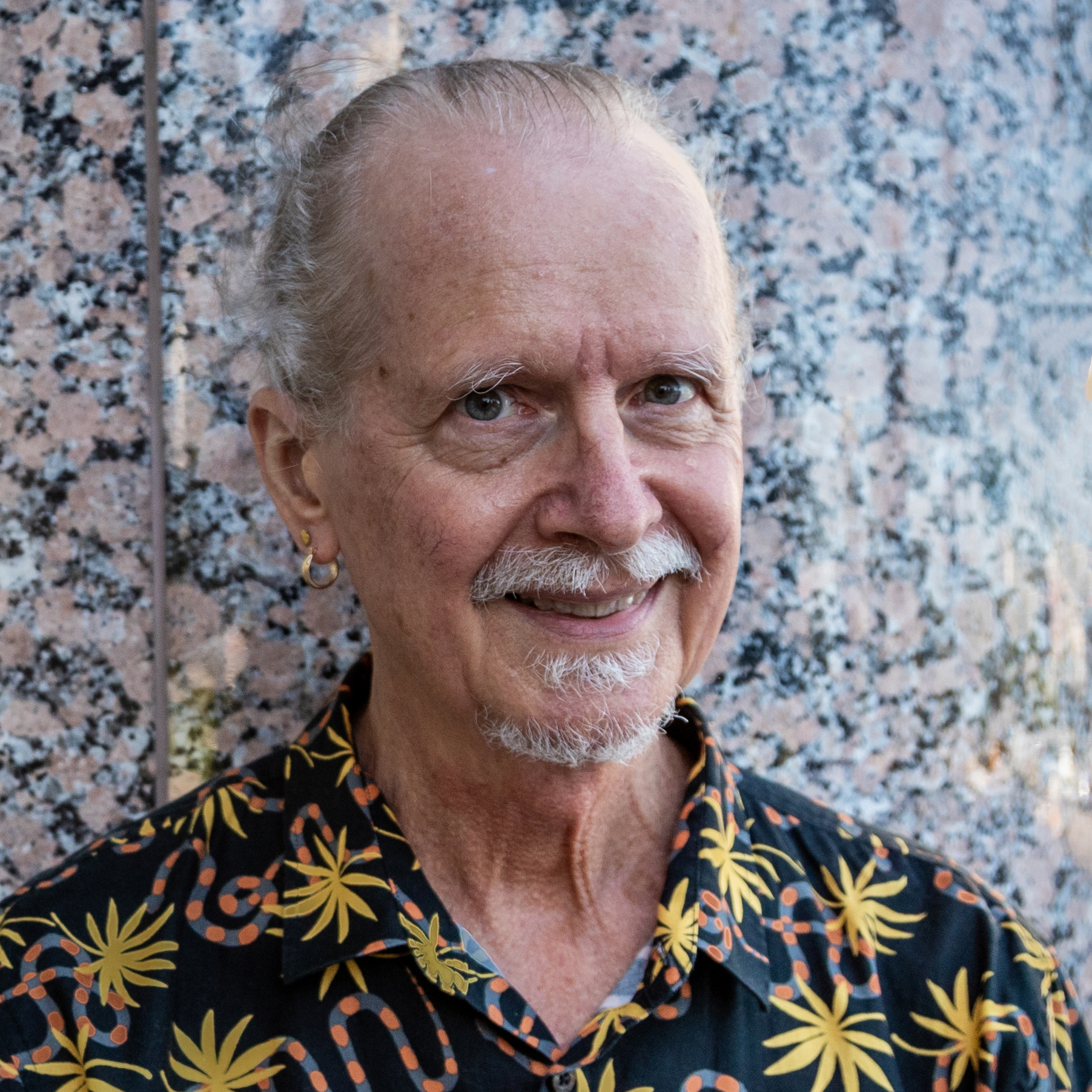
Andrew Alden is a geologist and geoscience writer who has worked for the US Geological Survey and reported for KQED and Bay Nature. Long fascinated with rocks and landscapes, Alden is one of the foremost experts on Oakland’s natural history and found inspiration for his debut book, Deep Oakland, in the 1989 Loma Prieta earthquake, which, as he writes, “ripped the city open and revealed to us its heart and character.” Through his writing Alden raises awareness for what he calls the deep present: the appreciation of the ancient underpinnings that shape the modern-day surroundings of daily life. His website is oaklandgeology.com.
Advance Praise for Deep Oakland
“Spending time with Andrew Alden is like giving yourself x-ray eyes. Deep Oakland unearths incredible insights into this land we love.”
—ROMAN MARS, coauthor of The 99% Invisible City: A Field Guide to the Hidden World of Everyday Design
“Alden’s new book is chock-full of fascinating historical as well as geological lore about a city that too often lives in the shadow of its more glamorous neighbor. The book is a masterful rejoinder to Gertrude Stein’s famous quip about the city of Oakland. Not only is there a there there, but it has deep and fascinating roots.”
—SUSAN HOUGH, author of The Great Quake Debate: The Crusader, the Skeptic, and the Rise of Modern Seismology
“Andrew Alden has written a love song to Oakland, the people, the history, and the geology. Deftly telling the multimillion year story of the landscape, he reveals the dynamic and beautiful world under and around Oakland’s streets and hills in elegant and passionate prose. His stories will open the eyes of newcomers and long-term residents, grounding them in the city’s past and present, as well as offering reasons to plan for the future.”
—DAVID B. WILLIAMS, author of Stories in Stone: Travels through Urban Geology
“In this vivid account of Oakland’s exceptionally rich geology, Andrew Alden weaves together historical and geological tales in elegant non-technical language that will tempt you to explore Oakland’s beautiful landscape from the Bay margins to the crest of the hills.”
—DORIS SLOAN, author of Geology of the San Francisco Bay Region
Debuts May 2023 — What You Don't Know Will Make a Whole New World
FOR IMMEDIATE RELEASE
New Memoir from Beloved Oakland Librarian Engages Race and Resilience in Coming-of-Age Tale
Public historian Dorothy Lazard shares her origin story and celebrates the catalyzing role of libraries in her upbringing in the Bay Area.
BERKELEY, CALIF. — What You Don’t Know Will Make a Whole New World is Dorothy Lazard’s autobiographical coming-of-age story as a young Black girl navigating race and embracing the world-expanding power of the written word in the San Francisco Bay Area of the 1960s and 70s. Transplanted to the West Coast by way of segregated St. Louis, this engrossing memoir offers Lazard’s account, told through her adolescent and teenage eyes, of her dawning consciousness of the dynamics of racism in America and the worlds that opened to her through the sanctuary of public libraries.
“The library was a great, seductive classroom,” writes Lazard of her first heady encounters with the stacks, where she, like Malcolm X, vowed to become an autodidact. “It was during this honeymoon with the public library that I began to see how my life could be radically different from my mother and grandmother’s lives,” writes Lazard, “I could be my own something if I only learned enough.”
Lazard’s journey to become her own something takes us through some of the most tumultuous chapters of the Black liberation struggle—from the assassinaton of Martin Luther King Jr. to the flowering of the Black Arts Movement. Against this backdrop, Lazard points to her intellectual guideposts—James Baldwin, Maya Angelou, Nina Simone, Curtis Mayfield—who guide her quest toward self-determination.
Today the deeply beloved and now retired doyenne of the Oakland Public Library system, Lazard has built a career carrying the torch for the potent role of libraries as a haven for the ever-curious, the underserved, and the often marginalized. This memoir is her origin story, charting her journey from a Missouri orphanage to her adopted hometown of Oakland, revealing along the way how her early love of learning opened her young eyes to herself, her society, and ultimately her future as a change-maker and memory-keeper.
Media Contact:
Kalie Caetano
Marketing & Publicity Manager
For review copies, feature interest, and interview and image requests, get in touch: publicity@heydaybooks.com
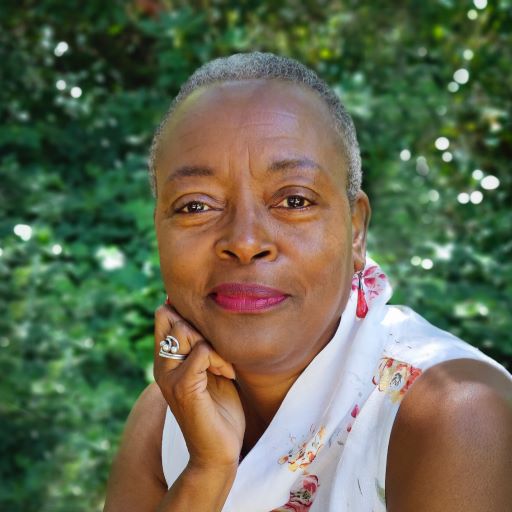
Dorothy Lazard was born in St. Louis and grew up in San Francisco and Oakland. A librarian for nearly forty years, she joined the staff of the Oakland Public Library (OPL) in 2000. From 2009 until her retirement in 2021, she was the head librarian of OPL’s Oakland History Center, where she encouraged people of all ages and backgrounds to explore local history. Beloved by her Bay Area community, she has been an indispensable resource for journalists, library patrons, and all the ever-curious that have crossed the threshold of OPL, and has featured in conversations on the history of Oakland and her own work in Oaklandside, KQED, and NBC Bay Area among others. She lives in Oakland. Photo by Gene Dominique.
A Q&A with What You Don’t Know Will Make A Whole New World author Dorothy Lazard
Your book tells the story of your childhood and coming-of-age, in particular the formative intellectual experiences that led to your distinguished career as a librarian and historian. How would you like this book to inspire younger readers?
I wrote this memoir with young people in mind, especially those who may not find themselves in environments that foster learning. I hope the book will encourage them to find places and people who can cultivate their curiosities. I also hope the book conveys the joy I found in reading (and later writing) because it not only fed me creatively, but freed me in ways that nothing else had during my childhood. It empowered me with academic achievement, dreams, practical skills, connection, and empathy. I learned that I had a place in the world. Knowing that can sustain anyone.
You have a lot of admirers, especially in the Bay Area (#DorothyLazardFanClub). What do you hope Bay Area readers will find interesting about this book? And what resonance does your story have for readers nationwide?
I hope local readers see how much I came to love San Francisco and Oakland, by exploring both places. I’d like them to see how inspiring a place Oakland was. So much of the Oakland of my childhood is gone now. By writing this memoir I wanted to resurrect lost and unheralded parts of the city and to celebrate aspects of it that fostered my development.
I expect my coming-of-age story will resonate nationwide because it tells a migration story, a Black Power story, a multi-generational family story, and a story that celebrates the enduring quest for education and freedom.
Is there any one principle that especially guides your own writing? And what books do you look to first as models when you write?
Honesty is a driving principle when I’m writing a story, giving it factual details and emotional truths. I ask myself: Have I described this event or explained this process as clearly as I can? What is my intention? Does this sentence need to be here, or am I just in love with how it sounds? Keeping these considerations in mind has not only made me a more skilled writer, but editor too. I’m a dedicated nonfiction reader, particularly of biographies, histories, and stories about cities. I admire writers like Isabel Wilkerson who take deep dives into their subjects.
Debuts June 2023 — The Questions that Matter Most
FOR IMMEDIATE RELEASE
Pulitzer Prize-Winning Author Jane Smiley Unearths Valuable Lessons in Life and Writing in A New Summer Must-Read
The Questions that Matter Most, debuting June 2023 from Heyday Books, presents Smiley’s first literary nonfiction collection since 2005’s best-selling Thirteen Ways of Looking at the Novel
BERKELEY, CALIF. — When it comes to writing—what questions matter most? From Dickens to Kafka and beyond, The Questions that Matter Most: Reading, Writing, and the Exercise of Freedom gathers 18 of bestselling novelist Jane Smiley’s most penetrating works for the New Yorker, the Atlantic, the Los Angeles Times, and other outlets, as well as three new essays original to this book that assess the empathic, liberating power of the written word.
In this volume, Smiley’s analytical terrain is capacious: She explores ancient Icelandic sagas; the paucity of maternal voices in literature; the radical muckraking of Jessica Mitford; child development vis-à-vis Little Women; dogged questions of virtue; the racial pitfalls of Mark Twain and the redemptive voice of Harriet Beecher Stowe—among myriad other concerns. Woven throughout are personal reflections on her own upbringing and identity and their influence on her writerly outlook.
Taken together, these meditations provoke the central tension of any reader’s experience, namely: What happens when the theory that a reader brings to a book rubs up against their sense of the world? And when those worlds collide, will the reader submit to prevailing narratives or resist?
“The entire time you are reading any novel, you are experiencing freedom and autonomy, and this is a political experience,” says Smiley, “You are also experiencing either agreement with the author or disagreement, and this is a political experience, too.”
Ultimately The Questions that Matter Most reveals that, like life, writing and reading are rooted in voluntary acts of connection—and that it remains critically important to remain ever-open to the intimacy, empathy, and unexpected turns that such an exercise entails.
Media Contact:
Kalie Caetano
Marketing & Publicity Manager
For review copies, feature interest, and interview and image requests, get in touch: publicity@heydaybooks.com
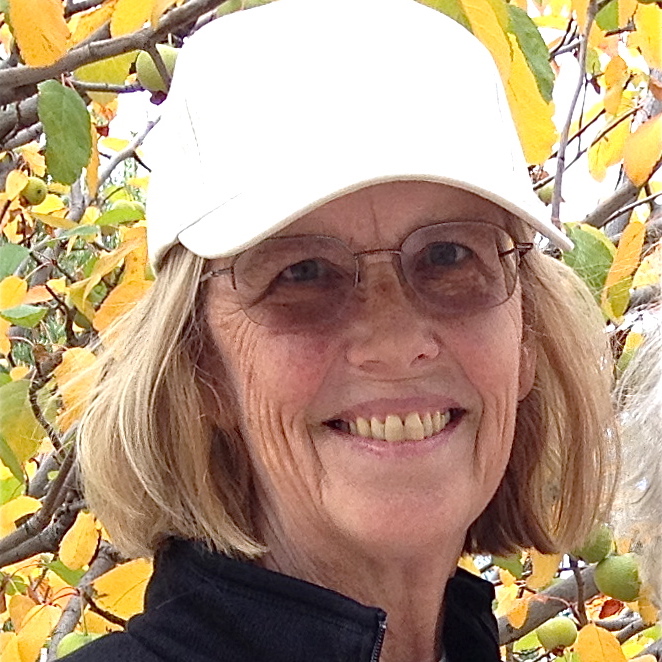
Jane Smiley was born in Los Angeles. Her novel A Thousand Acres won the Pulitzer Prize and the National Book Critics Circle Award in 1992, and her novel The All-True Travels and Adventures of Lidie Newton won the 1999 Spur Award for Best Novel of the West. Her novel Horse Heaven was short-listed for the Orange Prize in 2002, and her novel Some Luck was longlisted for the 2014 National Book Award. She has been a member of the American Academy of Arts and Letters since 1987 and has written for numerous magazines and newspapers, including the New Yorker, the New York Times, Harper’s, and the Nation. Her most recent novel, A Dangerous Business, was published in 2022. She lives in Carmel Valley, California.
A Q&A with Jane Smiley, author of The Questions That Matter Most
You are best known as a novelist, yet you’ve steadily written essays about authors and issues that matter. What especially attracts you to the essay?
As people know who’ve read Thirteen Ways of Looking at the Novel, I believe that the novel is essentially political and has to be political because as the author portrays a culture (even a small one), he or she has to have a theory about that culture and its faults and virtues. I have had feelings and ideas about issues ever since ninth grade, when my history teacher told me why he disapproved of Barry Goldwater. And it’s also true that when I was in college, politics was front and center for my generation. But the politics in a novel can’t be strident or even, in some ways, open. Although some novelists, like Charles Dickens, have been openly reformist and others, like Jane Austen, have been more subtle, it is always in the structure and choices of a novel. Once I began being asked to write essays, I used the opportunity to express my opinions, knowing that they might be controversial for some readers, but that it was important to support some causes and critique others. I enjoy both fiction and nonfiction, but fiction is my first love, and nonfiction is, in some sense, my attempt at learning.
Is there any such thing as the Great California Novel? And if so, is it aspirational or has it been written?
I wonder if the Great California Novel is even possible, given how different, both socially and geographically, all the regions of the state are. If I were writing about social diversity, I would set my GCN novel in Riverside County. If I were writing eco-history, I would set it in the Sierras. If I was exploring touchy political issues, I would begin by exploring several Native American tribes in California, and follow them through the nineteenth century as they are conquered and decimated by the invaders. If I wanted to write a great but hopeful California novel, I would write a sci-fi novel in which liberalism in California spreads east like a virus and saves our country.
Do you have any advice for writers just starting out at a time when the traditional literary canon is being challenged?
The literary canon is always being challenged, which is a good thing. When I was a young female writer, there was nothing I wanted more than to get rid of the Norman Mailer generation. It’s always time for young writers to critique their elders (even the ones they enjoy) and set out to express their own ways of thinking—that is what keeps literature alive. And keeping literature alive is important, because literature asks us to see things in empathetic and complex ways and to learn and feel pleasure at the same time.
Q&A with Deborah A. Miranda on the 10th Anniversary Edition of Bad Indians: A Tribal Memoir
A Q&A with Bad Indians author Deborah A. Miranda
The critically acclaimed mixed-genre chronicle of Native American survivance by poet-professor Deborah A. Miranda debuts in hardcover with over 60 pages of new material in honor of the book’s 10th anniversary this Indigenous Peoples Day. The best-selling first edition of Miranda’s revolutionary memoir—adopted widely by book clubs and classrooms across the nation—is a classic of Native American Literature and an indispensable entry point for anyone seeking a more just telling of US history.
Featuring never-before published essays and poetry, the 10th Anniversary Edition of Bad Indians: A Tribal Memoir plumbs deeply into Indigenous displacement, genocide, resilience, and solidarity in a poetically rendered corrective to prevailing narratives of Native erasure. With dauntless emotional honesty, Miranda challenges the pedagogy of California Missions history, envisions Native life through colonization, and reflects movingly on intergenerational legacies of colonial trauma and collective liberation.
It’s been a decade since Bad Indians was first published. What gives the lessons of this book continued, or even deepened, urgency?
Bad Indians is a response to the erasure and silencing of California Indian experiences and history by colonial powers and cultural mythology—history books, tourism, the Catholic Church, the United States government, and educational institutions. Even as California Indian voices become stronger, challenges to Indigenous rights and tribal sovereignty keep coming. In the 2015 canonization of Junipero Serra, and in the absence of an accurate California history curriculum, we still see attempts to erase historical crimes—attempts often made by descendants of the very people and institutions that committed those crimes. In 2017, the California State Board of Education published a history and social science framework that did not mention Congress’s funding of bounties for Indian deaths, or California governor Peter Burnett’s open insistence on waging “a war of extermination” against California Indians. Obviously, we still have much work to do.
Many educators now teach your book in universities and even high schools. How have you’ve seen this book affect students?
One undergraduate told me, “I’m 20 years old, born and raised in California, and I’ve never heard any of this history about the Indigenous people in my own state. I never realized that my education has such huge holes in it!” I hear this story a lot; students feel the book is a wake-up call to ask more questions, demand better answers. One young Indigenous woman walked up to me after a reading at a university, handed me a folded note, said, “Thank you,” and walked away. The note began, “It happened to me way before fourth grade.” She went on to write about how reading pieces in this book peeled away layers of shame and gave her a new perspective about connections between colonization and contemporary sexual assault of Indian girls and women.
What hopes do you have for this book over the next ten years, and beyond?
I hope Bad Indians keeps motivating readers to educate themselves about the long-reaching effects of colonization in everyone’s lives, and to act on that knowledge—whether that means supporting California Indian communities, cultures, and arts, or finding ways to heal themselves and their communities. I also hope the book encourages other young Indian people to see that yes, Indians can write poetry, fiction, essays, scholarship; that our own stories have value and meaning, that we can use language and art to mend the wounds caused by colonization that often keep us isolated from one another. This is what we need in order to form the community that nourishes our future.
Debuts October 2022 — Feels Like Home
FOR IMMEDIATE RELEASE
Linda Ronstadt Takes Readers On a Sumptuous Journey Through the Sonoran Borderlands in New Memoir
The Grammy award-winning singer celebrates her Mexican-American heritage and the marvelous flavors and indomitable people on both sides of the border in this road trip through the high desert.
BERKELEY, CALIF. — Rock & Roll Hall-of-Famer Linda Ronstadt takes readers on a joyfully narrated, photographic road trip through the Sonoran Desert in celebration of her Mexican American heritage and her love for the region in a new memoir, Feels Like Home: A Song for the Sonoran Borderlands (on sale October 4), published by Heyday.
Written with her friend and former New York Times writer Lawrence Downes, and illustrated with vibrant photos by Bill Steen (a Tucson native and longtime friend of the Ronstadt family), Feels Like Home shines a warm light on the particular stretch of southern Arizona and northern Mexico, a starkly beautiful land, rich in history, that Linda’s family has called home for more than 200 years.
The granddaughter of Mexican immigrants and descendant of Spanish settlers, Linda Ronstadt was born in Tucson and grew up singing the Mexican canciones her father Gilbert taught her. Many years later, in honor of those songs, she released her 1987 album Canciones de mi Padre, which sold more than 2.5 million copies and became the biggest selling foreign language album in the US at that time. Her new book highlights 34 Sonoran songs that are dear to Linda (some of which will feature in a companion album Feels Like Home: Songs from the Sonoran Borderlands and Beyond—Linda Ronstadt’s Musical Odyssey forthcoming from Putumayo World Music).
Feels Like Home also offers 20 recipes for traditional Sonoran and southern Arizonan dishes and other recipes that have been served at Ronstadt family gatherings for decades (including Jackie Ronstadt’s Tunapeños, caldo de queso, Albondigas de la Familia Ronstadt, and cheese crisps). Even her longest and most devoted fans will discover a bevy of revelations and surprises, such as intimate stories from her childhood, family letters, and candid snapshots. With 75 full-color and black and white photos of Linda as a young girl, of her ancestors and relatives, of the foods she adores and of the beautiful landscape that means so much to her, this book is a lavish, visual dive into Linda’s lifelong loves: the sights, songs, and savory cuisine of the Sonoran Desert region.
Feels Like Home is a heartfelt portrayal of Linda’s affection for the people, culture, history, and breathtaking natural beauty of the place where her soul is anchored and that had the greatest influence on her music, and will be published in time for Hispanic Heritage Month (September 15-October 15, 2022).
Media Contact:
Megan Beatie, Publicist, President & CEO of Megan Beatie Communications
megan@meganbeatie.com
For review copies, feature interest, and interview and image requests, get in touch!
“Feels Like Home invites us on an exquisite journey of beauty, adventure and history. It’s a magical trip you don’t want to miss. This book will fill your heart, your soul and your spirit. We need that now more than ever.”
—DOLORES HUERTA, labor organizer and civil-rights activist
Contains 75 full color and black-and-white photographs, including never before seen photos of Linda Ronstadt and her family as well as stunning landscapes of the Sonoran Borderlands by Bill Steen.
Includes notes on Linda's musical inspiration, particularly for her Spanish language album, Canciones de mi Padre—an ode to traditional Mexican Mariachi music that still stands as one of the best-selling Latin albums in American recording history.
Features 20 recipes for traditional Sonoran dishes and Ronstadt family recipes in sumptuous two-page spreads throughout the text.

ON SALE OCTOBER 2022

Feels Like Home features classic Sonoran recipes, including
Caldo de Queso
(Sonoran Cheese Soup)
"This soup embodies what I love about Sonoran cooking—it's deliciously simple. Some restaurants in Tucson serve a goopy cheese soup and call it Sonoran; this isn't that."
—Linda Ronstadt
About the Authors
Linda-Ronstadt.credit-Sam-Sargent-1-788x1024-2
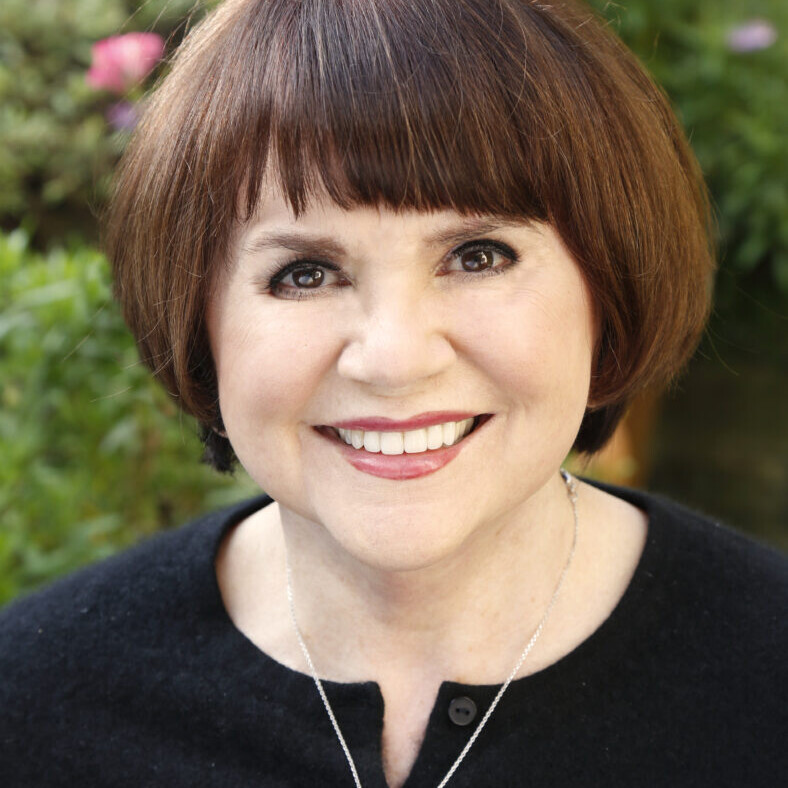
p216_Linda-Lawrence-author-photo-1
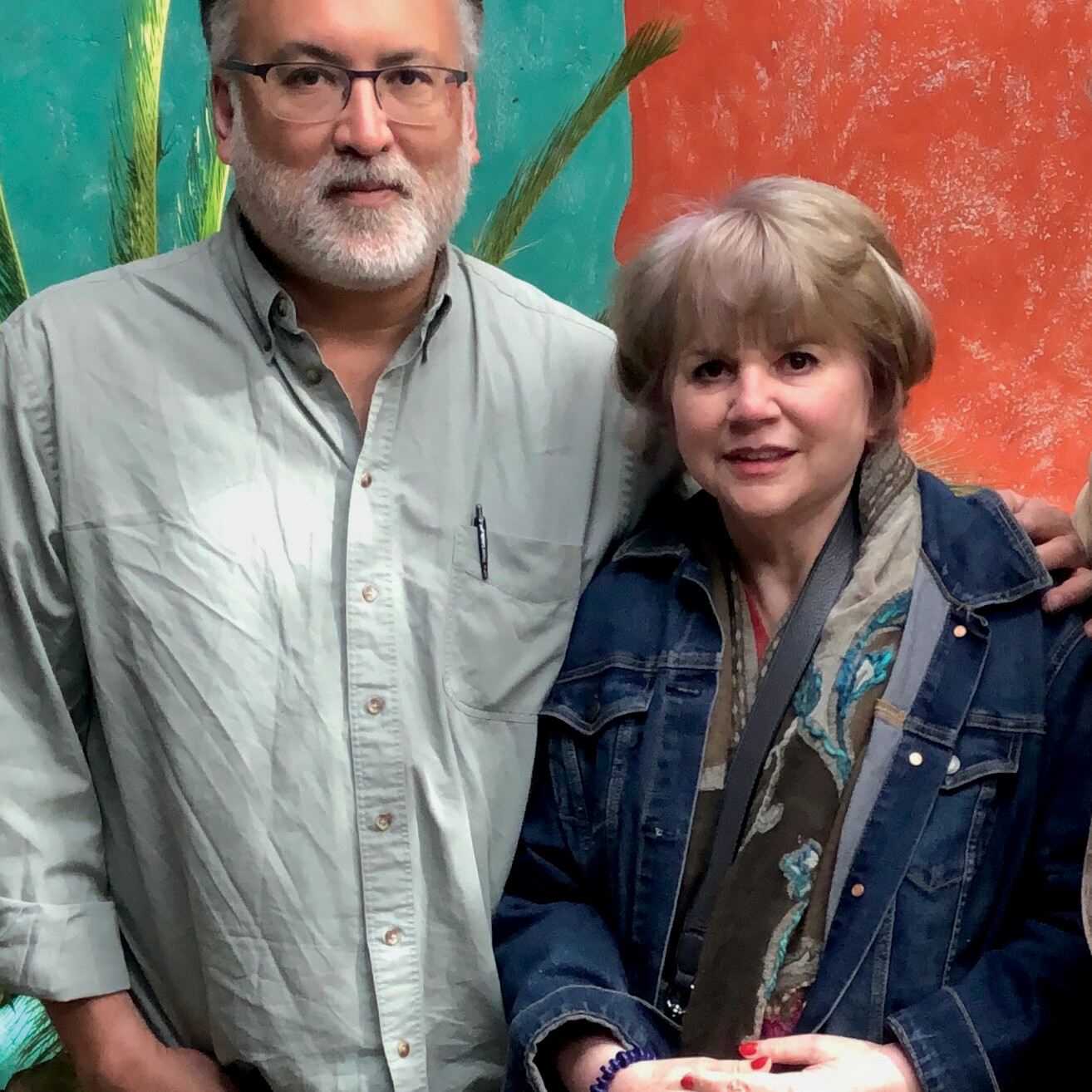
FLIK_interior_TP.indb
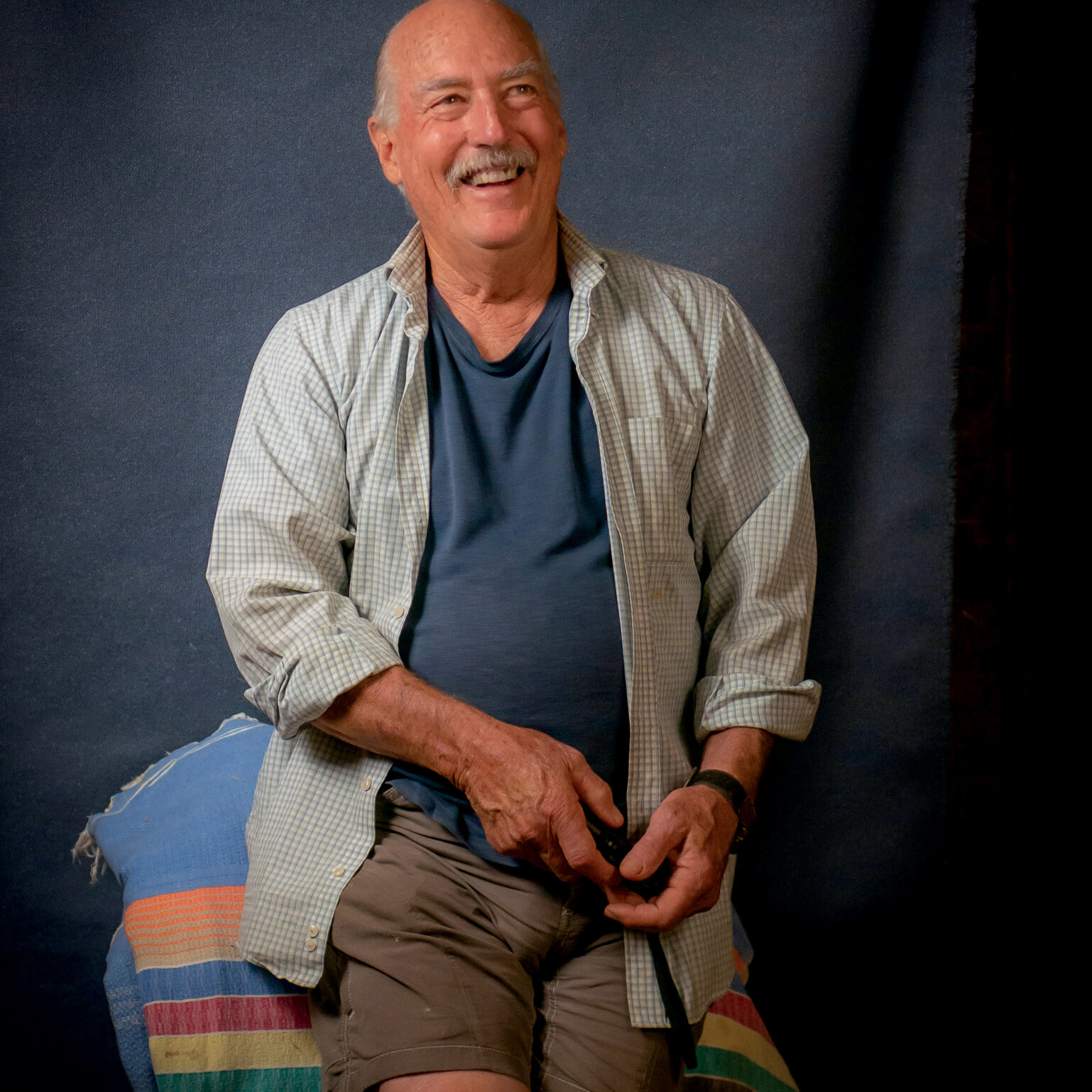
Lina Ronstadt, the great-granddaughter of Friedrich Ronstadt and Margarita Ronstadt of Sonora, Mexico, is one of the world’s most acclaimed singers. Her six-decade career encompassed rock, folk, country, light opera, Mexican songs and American standards. She has sold more than 100 million records, won 12 Grammy awards and is in the Rock & Roll Hall of Fame. Linda Ronstadt: The Sound of My Voice, directed by Rob Epstein and Jeffrey Friedman, won a Grammy for best musical films in 2021. Follow Linda on Instagram and Facebook.
Lawrence Downes is a writer and editor in New York. For more than thirty years he worked in newspapers: the Chicago Sun-Times, Newsday, and the New York Times. At the Times he was an editor and member of the editorial board, and he wrote about immigration, New York city and state politics and government, disability rights, veterans affairs, the environment, and other subjects. He lives in Northport, New York, with his wife, the journalist Patricia Wiedenkeller.
Bill Steen has been photographing, exploring, learning, and sharing the beauty and bounty of the Sonoran borderlands for more than three decades. With his wife, Athena Swentzell Steen, he is a founder of the Canelo Porject, near Elgin, Arizona, a family-based community and an applied educational center that gives people hands-on experience with a lifestyle that aims to be sustainable. The Steens are the authors, with David Bainbridge, of The Straw Bale House and numerous other books about straw-bale construction and sustainable living.
“Feels Like Home is personal and revealing—with vivid portraits of her forebears who immigrated first to Northern Mexico and then Tucson, Arizona, with striking photographs, family letters, and an array of recipes and songs, she weaves together an unforgettable tale of her life and talented musical family. This is quintessentially an American story—touching, and well worth reading.”
—JERRY BROWN, former governor of California
Imprisoned by Our Own Country

Imprisoned by Our Own Country
Journey to Topaz author Yoshiko Uchida’s reflections on the legacy of Executive Order 9066.
Eighty years ago—on February 19, 1942—then-president Franklin D. Roosevelt issued Executive Order 9066, authorizing the dispossession and wartime incarceration of tens of thousands of Japanese Americans. Among them was a twenty-one-year-old UC Berkeley student named Yoshiko Uchida. Today, Uchida (1921–1992) is remembered as a writer of “graceful and lively books” whose works plumb issues of ethnic identity and what it means to be a citizen—provocations informed inevitably in part by the three years she and her family spent in unconstitutional, state-sanctioned detention in the United States.
Her young adult novel, Journey to Topaz, which tells the story of the Sakane family, closely follows the events of her own life. Yuki Sakane, the young protagonist of Uchida’s novel, witnesses the disappearance of her father at the hands of the FBI, the dislocation of her family to the Tanforan Assembly Center and later the Topaz War Relocation Center, and the resilience of community in the face of it all—just as Uchida experienced.
Reissued this year in a 50th Anniversary Edition with a new Foreword from New York Times best-selling author Traci Chee, Journey to Topaz opens a window into the experiences of those who lived through incarceration during World War II and meditates on the capacities of the human spirit to overcome depredation and injustice. This edition includes a moving prologue written by Uchida in 1984 meditating on this chapter in history and the long arc toward restitution. To reflect on the 80th anniversary of Executive Order 9066, we offer an excerpt of her remarks below:
It has been many years since I first wrote Journey to Topaz and more than forty years since the United States government uprooted 120,000 West Coast Japanese Americans, without trial or hearing, and imprisoned them behind barbed wire. Two-thirds of those Japanese Americans were American citizens, and I was one of them. We were imprisoned by our own country during World War II, not because of anything we had done, but simply because we looked like the enemy.
Today, we know, in spite of the government claim at the time, that there was no military necessity for this action. Today we know this gross violation of our Constitution caused one of the most shameful episodes in our country’s history. Our leaders betrayed not only the Japanese Americans, but all Americans, for by denying the Constitution, they damaged the very essence of our democratic beliefs.
In 1976 President Gerald R. Ford stated, “Not only was that evacuation wrong, but Japanese Americans were and are loyal Americans … we have learned from the tragedy of that long-ago experience forever to treasure liberty and justice for each individual American.” In 1983 a Commission of Wartime Relocation and Internment of Civilians established by the United States Congress concluded that a grave injustice was done to Japanese Americans and that the causes of the uprooting were race prejudice, war hysteria and a failure of leadership.
Journey to Topaz is the story of what happened to one Japanese American family during this wartime tragedy, then called “the evacuation.” Although the characters are fictional, the events are based on actual fact, and most of what happened to the Sakane family also happened to my own.
I would ask readers to remember that my characters portray the Japanese Americans of 1942 and to recall that the world then was totally different from the one we know today. In 1942 the voice of Martin Luther King had not yet been heard and ethnic pride was yet unborn. There was no awareness in the land of civil rights, and there had yet been no freedom marches or demonstrations of protest. Most Americans, supporting their country in a war they considered just, did nothing to protest our forced removal, and might well have considered it treasonous had we tried to resist or protest.
Told to demonstrate our loyalty by doing as our country asked, we had no choice but to trust our government leaders. We did not know then, as we do now, that they had acceded to political and economic pressure groups and imprisoned us with full knowledge that their action was not only unconstitutional, but totally unnecessary.
I hope by reading this book young people everywhere will realize what once took place in this country and will determine never to permit such a travesty of justice to occur again.
Yoshiko Uchida
Berkeley, California
January 1984
The past is never just the past. Although the events of Journey to Topaz may seem distant, these stories remain urgent and immediate, for they hold up a mirror to our present. Bearing witness to the eviction and incarceration of Yuki Sakane and her family reminds us that there is a history here that needs to be acknowledged, a pattern that needs to be addressed. It reminds us that there are injustices that need undoing now.
—Traci Chee, from the Foreword to the 50th Anniversary Edition
Greg Sarris's Becoming Story Debuts Spring 2022
FOR IMMEDIATE RELEASE
A Powerful Memoir about Homeland and Belonging from Award-Winning Author and Tribal Leader Greg Sarris
Debuting with an international author tour in 2022, Greg Sarris presents Becoming Story, a memoir about his own life, written with intimacy, candor, and grace.

BERKELEY, CALIF— “These meditations enchant,” says the San Francisco Chronicle in praise of Becoming Story: A Journey among Seasons, Places, Trees, and Ancestors (on-sale April 5)—a new book from celebrated storyteller and tribal leader Greg Sarris. In this work, Sarris offers a searching portrait of his own life, from his upbringing in Santa Rosa’s Indian Country to the discovery of his own Indigenous ancestry to his work as an elected leader of the Coast Miwok and Southern Pomo tribes.
Sarris's acclaimed storytelling skills (Grand Avenue, Watermelon Nights, How a Mountain Was Made) are in top form in this new work, in which he weaves together a kaleidoscopic narrative of becoming one’s self, underscoring the immense power of story in our lives—as individuals, as a community, and as inheritors of ancestors long past. “He invites us into an intimate and communal California Indian world,” says Theresa Gregor, Professor of American Indian Studies, and “reminds us that the roots of our tribal identities ‘remember’ and, ultimately, restore(y) us.”
Slated to be read alongside works by Tommy Orange, Annie Proulx, David Treuer, Barry Lopez, and Terese Marie Mailhot, Sarris—regarded as a leading voice for California Indian communities (see his recent remarks in this front-page New York Times article)—offers reflections in Becoming Story on belonging to the place where you live in prose that is searching, and profound. In a starred review, Kirkus heralds Becoming Story as "a fascinating and evocative memoir in essays" while Foreword Reviews describes Sarris' memoir as "resonant" testimony "to the impacts of people on the land" that "lauds the power of language when it comes to leaving tracks for others to follow."
Sarris’s new book will debut to an international audience streaming from the Literature Live Around the World event from LitFest Bergen in February, with features to follow at Politics & Prose (Washington D.C.), the Los Angeles Times Festival of Books, and the Bay Area Book Festival (Berkeley, Calif.), among other venues. The debut of Sarris’s Becoming Story will also dovetail with the 10th anniversary of Heyday’s Roundhouse program, devoted to bringing to print books about and by California's Native voices.
Media Contact:
Kalie Caetano, Marketing & Publicity
publicity@heydaybooks.com
For review copies, feature interest, and interview and image requests, get in touch!
Keep up with Heyday on social:
For Coast Miwok people, like all Indigenous peoples of central California, the landscape was nothing less than a richly layered text, a sacred book.
—Becoming Story
About Greg Sarris

“These are charming and wise stories, simply told, to be enjoyed by young and old alike.”
—Kirkus Reviews
“An important American novel and an increasingly relevant work for resisting a political and cultural economy that privileges protest and encourages forgetting for the sake of belonging.”
—Los Angeles Review of Books
“Wonderful . . . . Vibrant testimony to the survival of American Indians and the power of the old spirits.”
—Leslie Marmon Sillko
“I admire Greg Sarris’s sense of the gritty passion of life. A resonant thread of myth and laughter pulls the tales together. He allows the story to overtake him, the sign of a fine storyteller.”
—Joy Harjo
Greg Sarris is an accomplished author, university professor, and tribal leader serving his fifteenth consecutive term as Chairman of the Federated Indians of Graton Rancheria. His political activism in the 1990s culminated in the Graton Rancheria Restoration Act, co-authored by Sarris, which gained federal recognition and restored all associated rights to the Coast Miwok and Pomo Native Americans of California. The law also restored land to the Tribe, who had been without a homeland for over fifty years. To date, the Federated Indians of Graton Rancheria remain the last tribe in the United States to be restored by an Act of Congress. In addition to his elected role as Chairman of the Tribe, Sarris also serves as President of the Tribe’s Economic Development Board, overseeing all of the Tribe’s business interests, including the Graton Resort and Casino, which today ranks among the five most successful Indian casinos in the nation.
Sarris graduated summa cum laude with a degree in English from UCLA and received his Ph.D. in Modern Thought and Literature from Stanford University. While at Stanford, he was honored with the Walter Gore Award for excellence in teaching. He has taught as a full professor of English at UCLA, as the Fletcher Jones Professor of Creative Writing and Literature at Loyola Marymount University, and as the Federated Indians of Graton Rancheria Endowed Chair at Sonoma State University, where he taught courses in writing and American and American Indian Literatures. He has been appointed to the Board of Trustees for the Smithsonian National Museum of the American Indian and elected to the American Academy of Arts and Sciences.
In addition to his work as a professor, businessman, and leader, Sarris has also enjoyed a prolific creative career as an author, producer, and playwright. His several books include the award-winning collection How a Mountain Was Made and the moving biography of world-renowned Pomo basket weaver and medicine woman Mabel McKay. He has also published the widely anthologized collection of essays Keeping Slug Woman Alive: A Holistic Approach to American Indians Texts as well as the co-edited volume Approaches to Teaching the Work of Louise Erdrich (with Connie A. Jacobs and James B. Giles). His fiction includes the recently reissued novel Watermelon Nights and the short story collection Grand Avenue, which was adapted to an HBO miniseries, co-executive produced by Sarris alongside Robert Redford. He co-produced, advised, and featured in American Passages a sixteen-part series on American literature for Public Television, which received the Hugo Award for Best Documentary in 2003. In addition to developing pilot scripts for Showtime and HBO, Sarris has worked on scripts for the Sundance Institute, where he also supported the development of a summer writing lab for American Indians interested in film writing. Sarris has also adapted his work and written original plays for stage productions at Pieces of The Quilt, Intersection Theatre, the Mark Taper Forum, and others. His play, Mission Indians, which debuted in San Francisco, received the 2003 Bay Area Theatre Critics Award for Best Script.
Currently Sarris is executive producing a documentary of Joan Baez and finishing work on his new novel. His latest book, Becoming Story: A Journey among Seasons, Places, Trees, and Ancestors considers the deep past, historical traumas, and possible futures of his homeland. Learn more about his work at greg-sarris.com.
Becoming Story book launch at Book Passage (Corte Madera, Calif.)
Heyday Honors Greg Sarris with its Lifetime Achievement Award
Barbara Dane's Memoir Debuts Fall 2022
FOR IMMEDIATE RELEASE
Barbara Dane, unsung hero of American music, tells her story of song and struggle in a new book,
out fall 2022
Heyday to publish Dane’s vital and adventurous autobiography, This Bell Still Rings.

BERKELEY, CALIF—The autobiography of Barbara Dane—which tells the story of Dane’s trailblazing career as an influential and courageous singer-songwriter, activist, and American icon—will be published by Heyday in fall 2022, coinciding with the release of the documentary The Nine Lives of Barbara Dane, directed by Maureen Gosling.
“Looking back over all the years of raising my voice, raising my children, raising some eyebrows, and raising hell wherever possible, I have no regrets,” says Dane of her life’s work; “You have only one life to live, so make it count. And remember to sing!”
This Bell Still Rings: My Life of Defiance and Song (on-sale September 2022) tells the story of Dane’s trajectory from singing at union halls and factory gates in World War II–era Motor City to her ascendancy as a respected blues and jazz singer working with many of the greats from Louis Armstrong to Lightnin' Hopkins; to her prominence as a folk musician frequently performing at and participating in civil rights and peace demonstrations in the U.S. and abroad. Alongside Joan Baez, Pete Seeger and others, Dane became a beloved figure at major anti-war and civil rights gatherings across the U.S. The activist singer toured internationally as well—including in revolutionary Cuba, Franco-era Spain (clandestinely), Vietnam, and elsewhere. In 1971, she cofounded the political label Paredon Records to celebrate and document a worldwide chorus of resistance and revolution.
“The world needs more people like Barbara, someone who is willing to follow her conscience,” Bob Dylan once said of Dane; “She is, if the term must be used, a hero.”
According to a 2021 New York Times profile of the singer, Dane still keeps a copy of her FBI file in her Oakland home, and a new wave of recognition for her life of art and activism swells. In 2018 Smithsonian Folkways released a career-spanning retrospective of her music, Hot Jazz, Cool Blues & Hard-Hitting Songs. The following year, Heyday presented its Lifetime Achievement Award to Dane.
“I have admired Barbara Dane ever since I was a teenager, having heard her sing at innumerable protest demonstrations in the Bay Area,” says Heyday Publisher Steve Wasserman, former editor of the Los Angeles Times Book Review. “And now, to become the midwife to the birth of her memoir, which offers a kind of literary soundtrack to a life well lived, is a privilege and an honor.”
Media Contact:
Kalie Caetano, Marketing & Publicity
publicity@heydaybooks.com
For review copies, feature interest, and interview and image requests, get in touch!
Keep up with Heyday on social:
Barbara Dane has lived a life full of glowing superlatives [...] one of the true unsung heroes of American music.
—James Reed, The Boston Globe



About Barbara Dane
Barbara Dane was born in Detroit in 1927, where as a teenager she discovered the power of her voice to move people to action. She performed singing at demonstrations for racial equality and economic justice and turned down an offer from a nationally popular swing band, choosing instead to sing at union functions, in the halls and on the picket lines.
She moved to California in 1949 during the peak of McCarthyism where she grew to recognition as a blues, jazz, and folk singer. An early and frequent performer at the legendary Ash Grove in Los Angeles, Dane was inspired by both the musical genius and attitude of the great blues women of the 1920s, Ma Rainey, Bessie Smith, Ida Cox, and others. She made her first national television debut alongside Louis Armstrong, who invited her to perform with him upon hearing her at the 1958 Pasadena Jazz Festival: “Did you get that chick?” said Armstrong, “She’s a gasser!”
By the early 1960s, Dane was touring the country, singing out for peace and social justice from the Mississippi Freedom Schools to the anti-war GI coffee houses as well as at major peace rallies in D.C. alongside Joan Baez, Phil Ochs, and Pete Seeger. In 1961 she opened her own San Francisco blues club, Sugar Hill, where she presented Jimmy Rushing, “Big Mama” Thornton, Mose Allison, “Mama” Yancey, and “T-Bone” Walker, among others.
Her music and her commitment to peace and justice took her far beyond the borders of the United States. She was the first American musician to tour post-revolutionary Cuba in defiance of the US travel ban, performed under the threat of American bombs in North Vietnam, and toured clandestinely in Franco’s Spain and Marcos’s Philippines. Her travels inspired her to found Paredon Records, one of the first record labels to focus on the music of anti-colonial and revolutionary movements happening around the world.
—Linda Ronstadt
—Bonnie Raitt
Dane (now in her mid-nineties) has no regrets:
“Because I have chosen to live my life against the grain, loving our imperfect Constitution too much to believe in the tropes of professional patriots; because I reject the idea that any nation is ‘number one’; because I admit to either all gods or none; because my idea of being a woman does not include big hair and plastic tits, tight dresses and dangerous shoes; because I can’t bend low enough to kiss asses; because of all this and more, I’ve arrived at my old age with a clean conscience,” Dane told the New York Times.
This Bell Still Rings: My Life of Defiance and Song (September 2022) chronicles Dane’s journey against the grain, embodying in its pages the essence of her stage presence, once described by journalist J. Poet as “pure fun, a celebration of the human spirit accented by a bawdy feminist humor and a healthy sense of the absurd.”
“I deeply admire Barbara’s lifelong commitment to singing out and standing up for the causes of social justice, racial and gender equity, peace and international solidarity. Her proactive, transformative life makes her an important role model for us today, as well as for the coming generations.”
—Danny Glover, executive producer of The Nine Lives of Barbara Dane (forthcoming, fall 2022)


